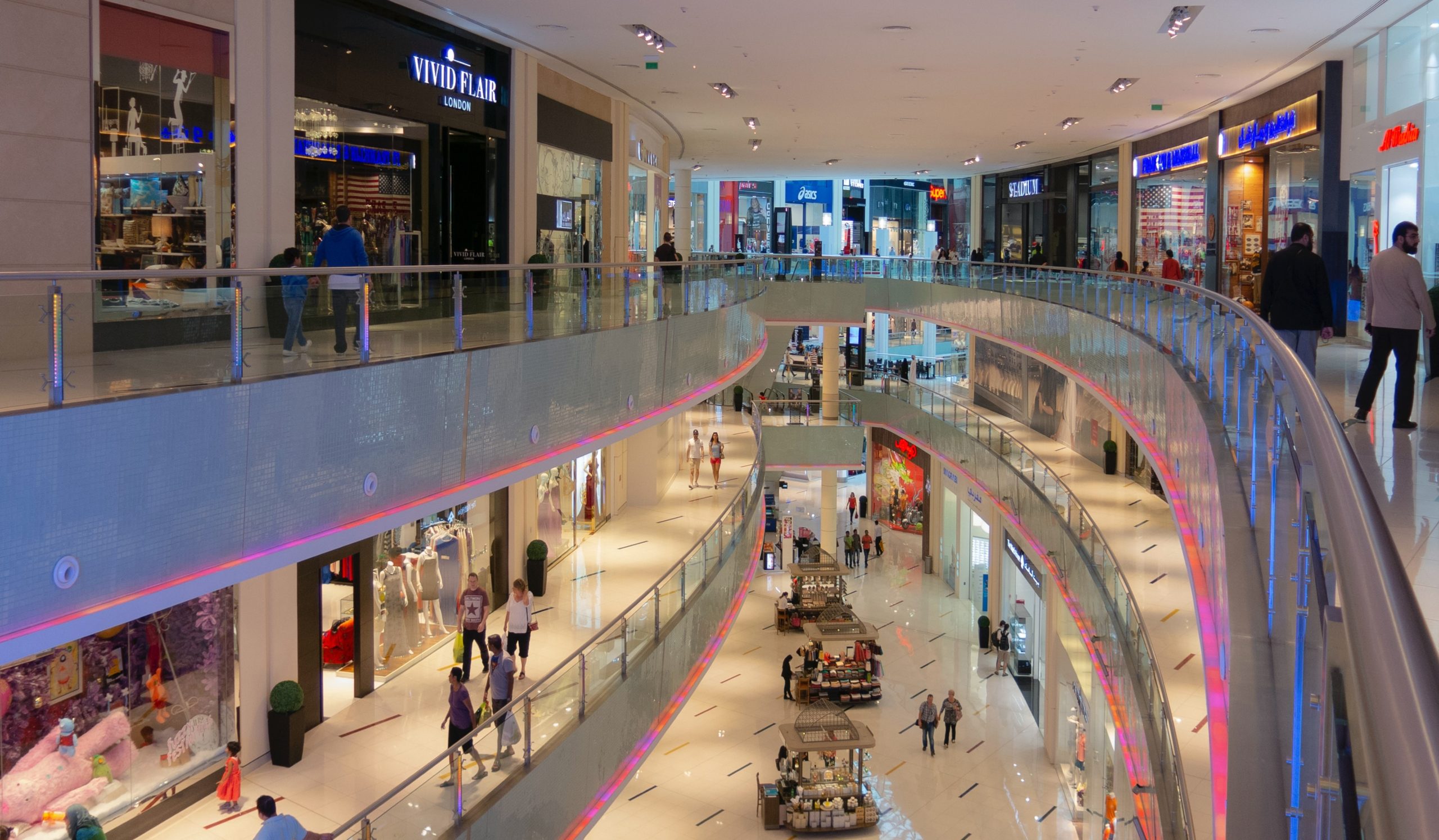
In the not-too-distant past, malls were all the rage in cities across the United States. Most moderate-sized cities and towns had at least one large mall with a variety of top department stores, boutiques, and a multitude of businesses, from beauty salons to opticians and even fine dining restaurants and bars.
The large malls across the country began to fail in the early 2000s, with large retailers pulling out of these locations.
This dropped consumer traffic, which further damaged the potential for the small boutique businesses or the smaller chain retailers to continue to thrive. While the anchor companies may have precipitated the demise of the mall, it was the rise of online shopping and the ease of home delivery that led to the shuttering of most of these once-thriving retail locations. CRE investors with holdings in malls faced significant and sometimes catastrophic losses. Many of these investors held on and hoped they might see a resurgence in the value of their investment based on new opportunities for repurposing these mammoth buildings. Now, it seems that this is beginning to happen.
Using Malls as Healthcare Facilities
One of the trends in major cities is to use these large buildings as healthcare facilities. The demand for space during the pandemic created interest in existing structures that could be easily modified to create office space, patient care, and treatment space. At the same time, using the mall structure would also avoid the cost of building from the ground up. These facilities are designed to be a one-stop shop for patients, with general health care services, specialist offices, and other services all in one location. The additional benefit is that malls are often located on the outskirts of the cities, which are underserved areas when it comes to hospitals and healthcare.
Potential for Malls as Housing
In New York, the state is looking at the potential of using abandoned malls as structures for low-income and senior housing. This will require considerable renovations on the interior of the space, but the exterior structure could remain mostly the same. There are several benefits to this option, including the presence of transportation services right to the door.
In addition, many of these malls are associated with large properties that could be used as green space. Parking and other issues are already in place, with some malls offering covered or underground parking. In Providence, the interior of the Arcade Providence is a very upscale multifamily apartment complex inside the oldest operating shopping mall in the USA. These small apartments are designed to be practical and affordable, with most offering just 225 square feet of living space. In addition to efficient living, these apartments are above 17 stores and boutique shops that operate on the lower level.
Combining a Community Experience
In both Denver and Seattle, similar experiments are unfolding. These locations combined a variety of living quarters with office space, retail, and even museum and gallery spaces. By including the cultural and social aspects of the mall experience in repurposing these large spaces, it is possible for CRE investors who are comfortable with “thinking outside of the box” to buy property at a distressed price and make something that is unique, desirable, and in high demand in the community.


